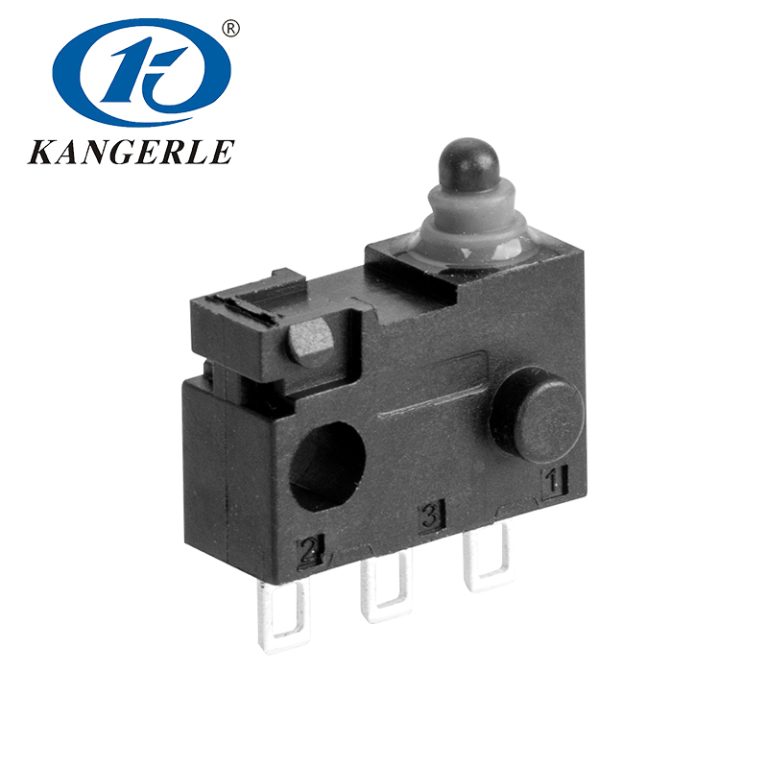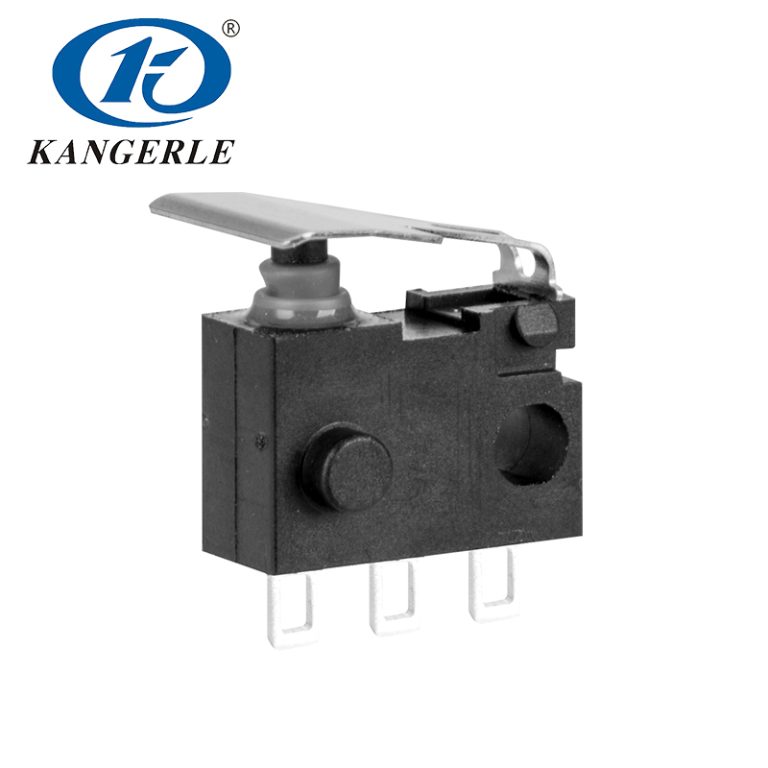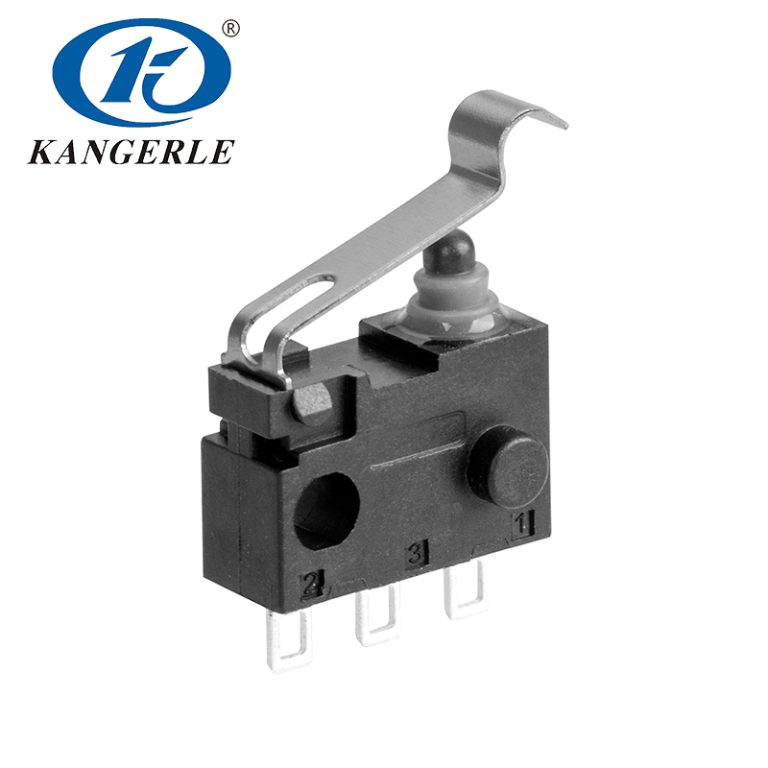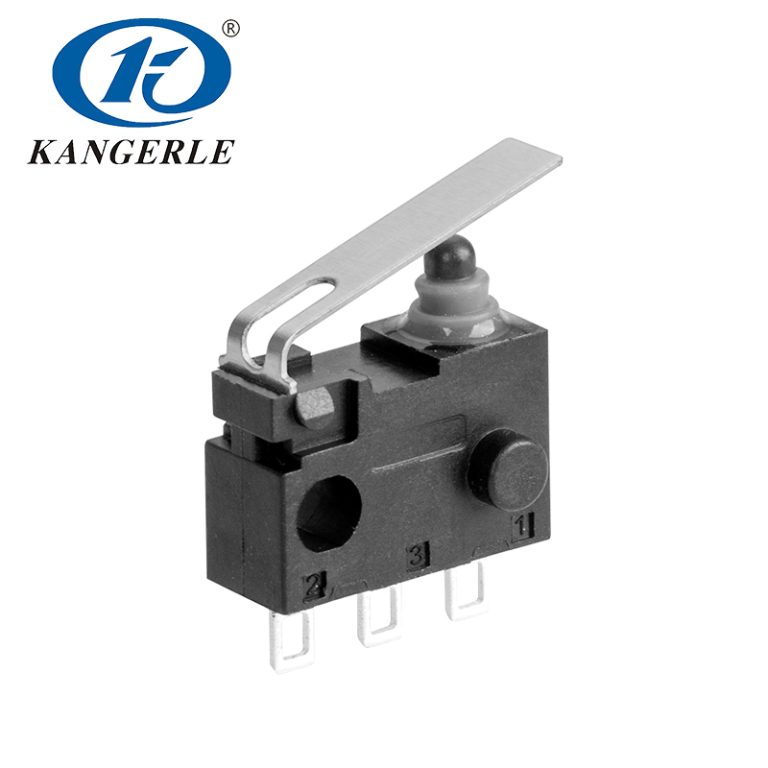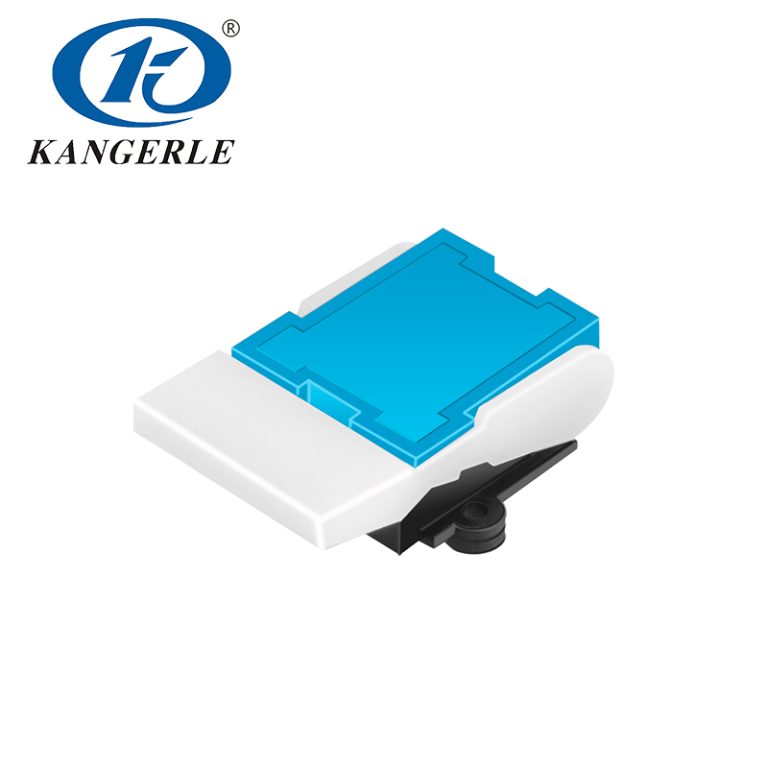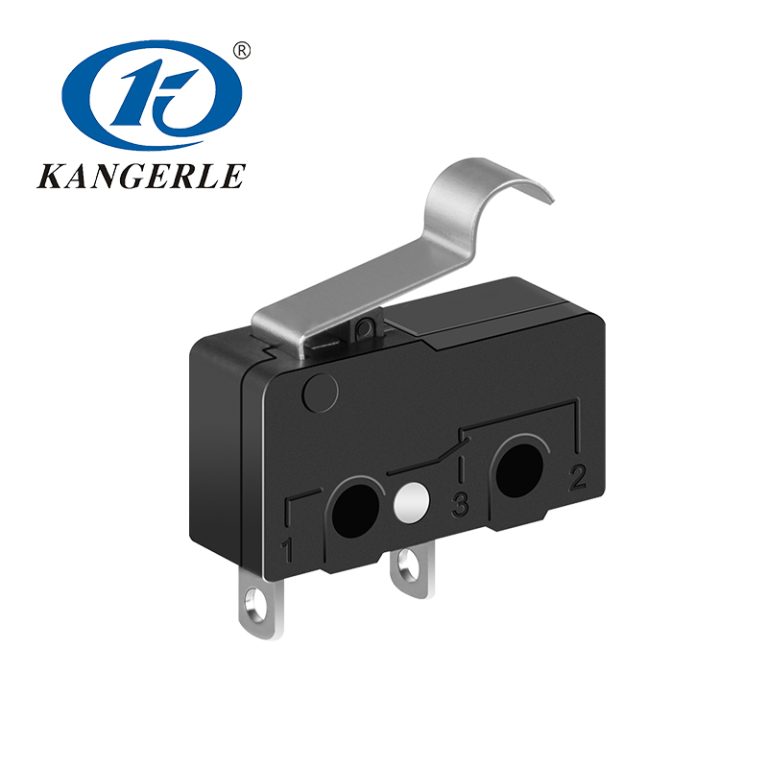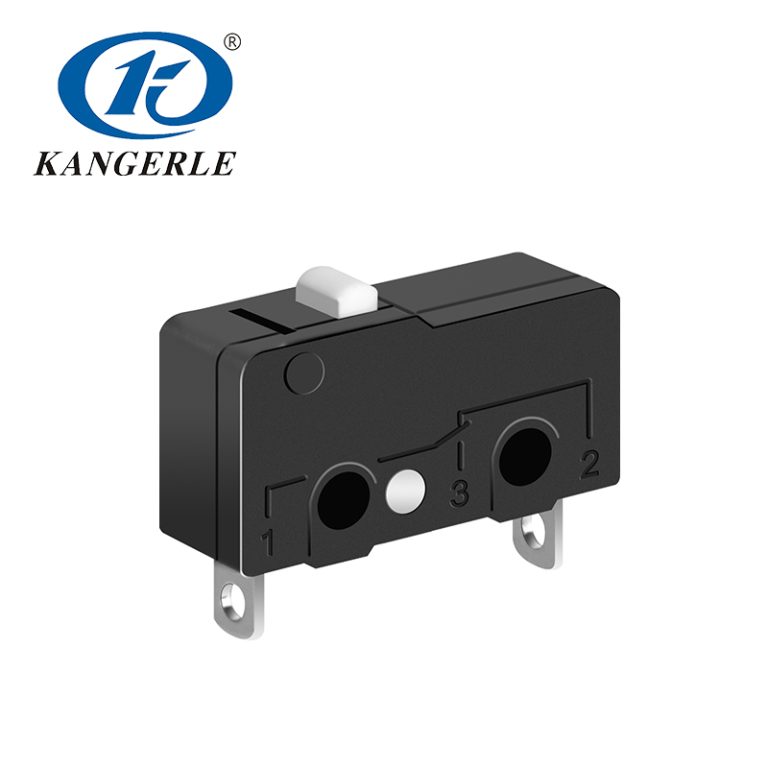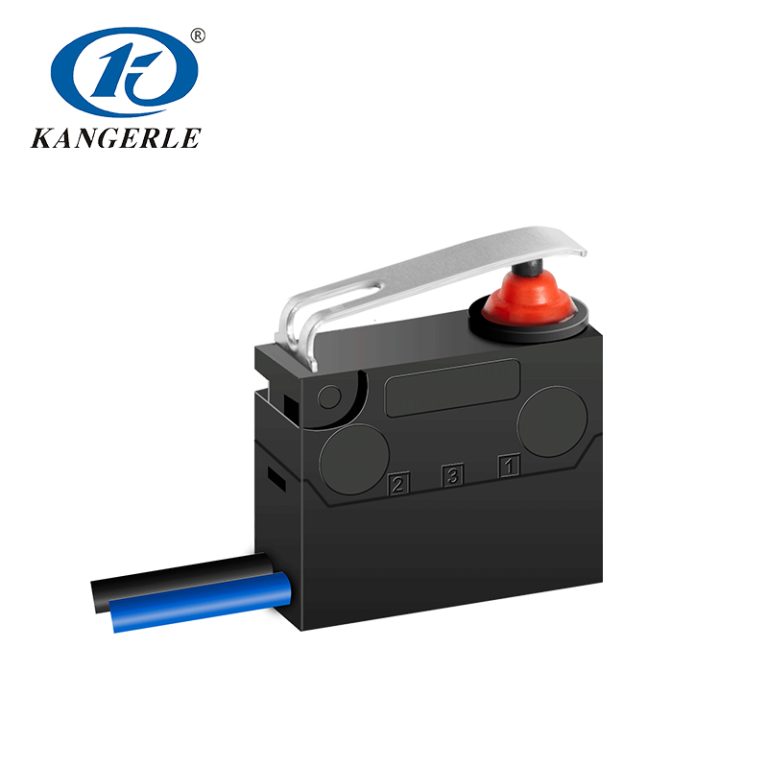
Washing machines are vital tools in today’s households. Their steady performance depends on a web of tiny yet essential parts. Among them, the micro switch holds a crucial spot. It guarantees safety and smooth running by managing features like door locks and cycle triggers. If your washer acts up—refusing to begin, halting mid-wash, or flashing door alerts—a broken micro switch might be to blame. For DIY fans, repair experts, or appliance fixers, learning to check a micro switch in your washing machine can save both hours and cash. This guide offers a thorough, step-by-step plan to assess its working state, plus skilled tips to aid your problem-solving.
Understanding the Role of a Micro Switch in Washing Machines
What Is a Micro Switch?
A micro switch is a small, electric-powered gadget. It reacts to touch or motion with a swift on/off snap. In washers, you’ll often find it near the door catch or control area. There, it serves as a safety and task overseer. For example, KANGERLE’s KW3-6A-2C micro switch, with a load rating of 16A at 250VAC and a push force of ≤100gf, shows the toughness and accuracy needed for these roles.
Why It Matters in Your Washing Machine
The micro switch makes sure your washer runs only when it’s safe—like when the door shuts tight. Plus, it tells the main board to start or pause cycles. If it fails, the machine might stop entirely. This can spark annoyance and repair bills. Checking it yourself can spot the trouble early.
How to Test a Micro Switch in Your Washing Machine
Tools You’ll Need
Before starting, collect these must-haves:
- Multimeter: Set it to continuity or resistance to track electric flow.
- Screwdriver: Use it to open the washer’s insides (Phillips or flathead, based on your unit).
- Safety Items: Gloves and insulated gear to dodge shocks.
- Spare Switch (Optional): Like KANGERLE’s KW3 basic micro switch, if tests show a flaw.
Step 1: Safety First—Shut Off Power
Unplug your washing machine from its outlet. This move is a must to avoid jolts or harm. Then, press the start button to double-check. No reaction means it’s safe to go on.
Step 2: Locate the Micro Switch
Finding the Switch
Most micro switches in washing machines sit near the door catch or under the control section. Look at your unit’s guide for the precise place. Often, you’ll need to lift off the top or front cover with a screwdriver.
Sample Details
The KW3-6A-2C, with a heat range of -25°C to 125°C, is made to tackle the warmth and dampness inside a washer. That makes it a solid option for such spots.
Step 3: Inspect the Micro Switch Visually
What to Check
Before testing, look for these signs:
- Visible Harm: Cracks, scorch marks, or twisted arms.
- Shaky Links: Loose wires or shaky connectors.
- Dirt: Dust or rust that could jam motion.
If you see clear damage, the switch—such as those in KANGERLE’s micro switch catalog—might need swapping without more tests.

Step 4: Test Continuity with a Multimeter
Setting Up the Multimeter
Adjust your multimeter to continuity mode. A beep shows a closed path. Or use ohms—resistance should be near zero when closed. Next, detach the switch’s wires. This keeps other parts from messing up the readings.
Testing Steps
- Resting State: Place probes on the common (COM) and normally open (NO) points. No beep or endless resistance means the path is open, as it should be.
- Pressed State: Push the switch arm (like closing the door). A beep or low resistance (near 0 ohms) proves it works.
- Normally Closed (NC) Test: For SPDT types like the KW3-6A-2C, check the NC point. You should get continuity when unpressed, none when pressed.
Table: Expected Multimeter Outcomes
| Condition | Continuity (NO) | Continuity (NC) | Resistance |
| Not Pressed | No | Yes | Endless (NO) |
| Pressed | Yes | No | ~0 ohms (NO) |
If the results stray—like no continuity when pressed—the switch is bad.
Step 5: Simulate Real-World Conditions
Hand Activation
Hook the switch back up. Then, press its arm while the machine’s unplugged. Listen for a sharp click. KANGERLE’s KW3-6A-2C, with ≤100gf push force, gives a clear snap. After that, plug the machine in. Test the door catch or cycle start. If it still flops, the problem might be elsewhere. But the switch itself likely works.
Surroundings Impact
The KW3-6A-2C’s ≥50,000 electrical cycles mean it holds up through repeated use. It thrives even in a washer’s wet, warm setting.
Troubleshooting Tips
- No Snap Noise: Points to a stuck or snapped arm.
- Uneven Readings: Might signal worn contacts. Its ≥1,000,000-cycle life suggests a swap if used a lot.
- Power Troubles: If the switch checks out but the machine won’t go, look at the control board or wires.
KANGERLE: Your Reliable China Micro Switch Supplier
When picking top-grade parts like the micro switch for washing machines, KANGERLE Electronics shines as a dependable ally. Based in China, KANGERLE brings over 20 years of know-how in making sturdy, trustworthy micro switches for devices, including heaters and washers. Certified under ISO 9001:2015, their strict checks and custom options—like the KW3-6A-2C with a mechanical life of ≥1,000,000 cycles—make them a prime pick for makers and fixers worldwide.
FAQs About Testing a Micro Switch in Your Washing Machine
Q1. Why Does My Washing Machine Need a Micro Switch?
A1. A micro switch keeps things safe by stopping the machine if the door’s open. It also handles cycle tasks, making it key to proper running.
Q2. How Often Should I Test the Micro Switch in My Washing Machine?
A2. Check the micro switch if you spot oddities—like it won’t start or stops suddenly. For upkeep, test every 6-12 months, based on how much you use it.
Q3. What Happens If the Micro Switch in My Washing Machine Fails?
A3. A broken micro switch can halt the machine. Or it might let it run unsafely with the door ajar. It could also mess up cycle timing.
Q4. Can I Replace a Micro Switch in My Washing Machine Myself?
A4. Yes, if you’re handy with basic tools and know electrical safety. Make sure the new micro switch fits your machine’s power and circuit type (e.g., SPDT).
Upgrade Your Washing Machine with Reliable Micro Switches
Testing a micro switch in your washing machine isn’t tough. With the right gear and steps, you can verify its state and get your appliance humming again. Whether you’re mending a home unit or grabbing parts for making, picking a tough switch like the KW3-6A-2C ensures lasting use and safety. Ready to dive into your next fix or boost your designs? Head to KANGERLE’s homepage to browse top-notch micro switches. Lift your washing machine projects today!

